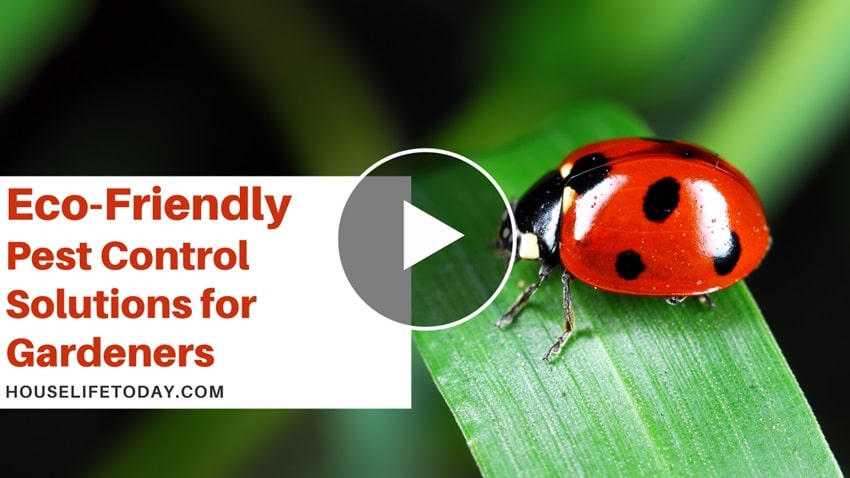The ubiquity of plastic in your everyday life is impossible to ignore, with the beverage industry being a notable contributor. From water to soda to juice and alcoholic beverages, the likelihood of consuming a drink from a plastic container is high. But while plastic’s convenience and cost-effectiveness seem appealing, its dangers to your health, beverage quality, and the environment warrant a critical evaluation. This post dives into these issues, unravels the complexities of plastic used in the beverage industry, and posits potential alternatives for a healthier, more sustainable future.
Contents
- 1 The Prevalence Of Plastic In The Beverage Industry
- 2 Understanding The Composition Of Plastic
- 3 Plastic’s Impact On Beverage Quality
- 4 The Health Implications
- 5 Environmental Impact Of Plastic Beverage Containers
- 6 Alternatives To Plastic In The Beverage Industry
- 7 Case Studies: Successful Transitions From Plastic
- 8 The Role Of Consumers In Driving Change
- 9 The Bottom Line
The Prevalence Of Plastic In The Beverage Industry
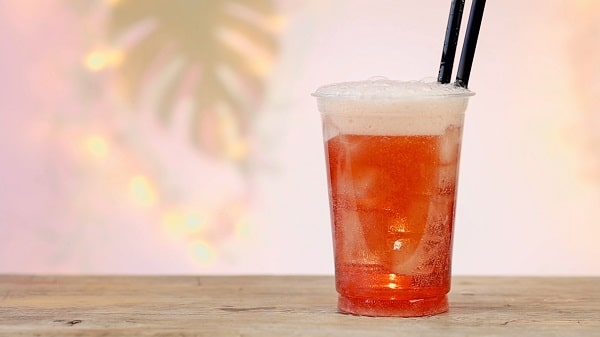
Plastic is omnipresent in the beverage industry. Its cost-effectiveness, lightness, and durability make it an attractive packaging option for manufacturers. Water, soda, juice, milk, and alcoholic drinks are commonly packaged in plastic. The type of plastic varies, with polyethylene terephthalate (PET) being the most commonly used due to its strength and flexibility.
However, the widespread use of plastic in the beverage industry is not without repercussions. The sheer volume of plastic beverage containers produced each year is staggering. In 2019 alone, over 486 billion plastic water bottles were sold globally, a figure projected to rise. This pervasive use of plastic contributes to a global issue with significant ramifications for your health and the environment.
Understanding The Composition Of Plastic
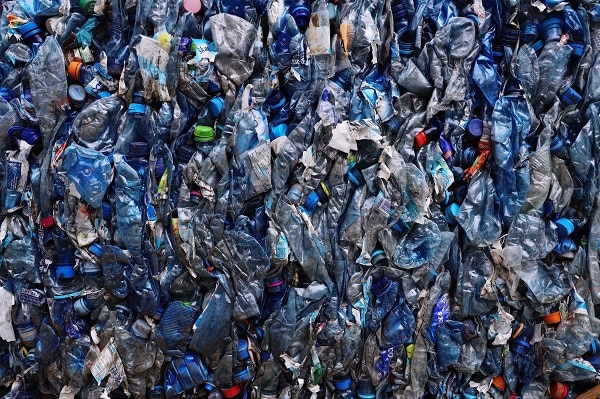
To comprehend the risks associated with plastic in the beverage industry, it’s crucial to understand what plastic is. Plastic is a synthetic material made from various organic polymers such as polyethylene, PVC, nylon, etc. Most plastics, like PET, used in beverage packaging, are petroleum-based and require significant energy and resources to produce.
Furthermore, the durability of plastic, initially considered a boon, is a double-edged sword. Plastic takes hundreds to thousands of years to decompose. This characteristic and your throwaway culture have led to a severe environmental crisis. Discarded beverage containers make up significant plastic waste, contributing to the global plastic pollution problem.
Plastic’s Impact On Beverage Quality

The impact of plastic on beverage quality is multifaceted. Plastic containers can leach chemicals into their beverage, particularly when exposed to heat or sunlight. One of these chemicals, Bisphenol A (BPA), has been linked to numerous health issues, including hormonal disruption and heart disease. As such, beverages stored in plastic containers may not be as safe as we presume.
The influence of plastic packaging extends beyond potential chemical contamination. Many consumers argue that drinks, particularly water, taste differently when consumed from plastic containers than glass or metal. This perceived taste change can be attributed to the plastic or the interaction between the beverage and the plastic under certain conditions. Either way, the drink’s overall quality and sensory experience can be compromised.
The Health Implications

Growing evidence shows that consuming beverages from plastic containers may pose health risks. The primary concern is potentially leaching harmful chemicals from the plastic into the beverage, particularly when the plastic is heated. BPA is one such chemical that has been heavily scrutinized, linked to many health problems ranging from hormonal disruptions to cardiovascular disease.
Beyond BPA, other chemicals in plastic containers, like phthalates, pose potential health risks. Phthalates, used to make plastic flexible, can seep into the beverage and have been linked to various health issues, including endocrine disruption and developmental problems in children. This potential exposure to harmful chemicals underscores the need for the beverage industry to reassess the widespread use of plastic packaging.
Environmental Impact Of Plastic Beverage Containers
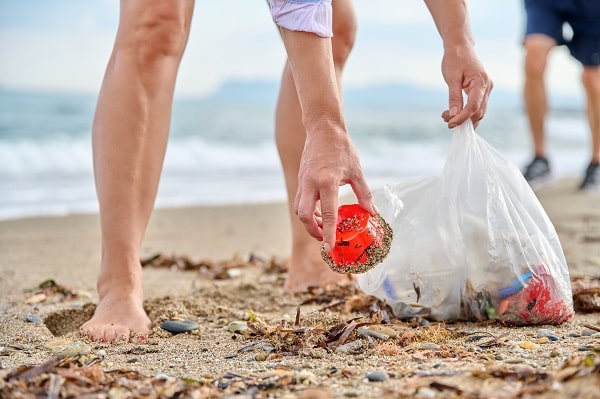
The environmental consequences of plastic beverage containers are far-reaching. Plastic production contributes significantly to carbon emissions, and the decomposition time of plastic products means they persist in the environment for centuries. Discarded plastic beverage containers frequently end up in landfills, or worse, in oceans and waterways, where they harm marine life and ecosystems.
Furthermore, while recycling is often proposed as a solution, the reality is that only a fraction of plastic waste is recycled effectively. Many plastic beverage containers are discarded improperly or are not recycled due to contamination. This lack of effective recycling means plastic waste accumulates, exacerbating environmental pollution and contributing to the growing global plastic waste crisis.
Alternatives To Plastic In The Beverage Industry

There are several viable alternatives to plastic in the beverage industry. Glass and metal containers, for instance, are often recyclable and reusable and won’t leach harmful chemicals into beverages. Glass, in particular, is highly regarded for preserving the taste and quality of drinks.
Biodegradable materials are also being explored as a potential alternative. Innovations in packaging technology have led to the development of plant-based plastics and other biodegradable materials that break down more quickly and harmlessly in the environment. These alternatives, however, are not without their challenges, including higher production costs and varying degrees of consumer acceptance.
Case Studies: Successful Transitions From Plastic

Several beverage companies have successfully transitioned away from plastic, indicating that it is feasible. Danish beer brand Carlsberg, for instance, has innovated with its Snap Pack, which glues cans together, reducing plastic use by up to 76%. In partnership with Danish startup Paboco, Coca-Cola has been working on a 100% paper bottle.
These examples illustrate that transitioning away from plastic is possible with innovation and commitment. However, the process often involves significant research and development and overcoming logistical and consumer acceptance challenges. Still, these case studies offer valuable lessons for other beverage companies looking to make similar sustainability-focused shifts.
The Role Of Consumers In Driving Change
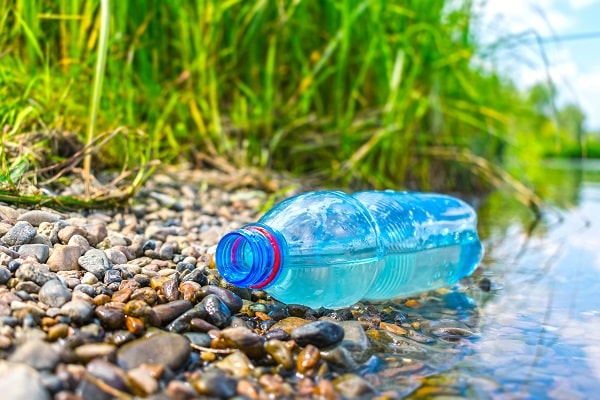
Consumer behavior and preferences play a significant role in driving packaging decisions in the beverage industry. As awareness about the negative impacts of plastic increases, consumers are increasingly seeking out and supporting brands that prioritize sustainability. This shift in consumer preferences is driving more companies to explore and adopt alternatives to plastic.
In addition to supporting sustainable brands, consumers can contribute to change by making conscious decisions in their own lives, such as choosing refillable glass or metal containers, recycling properly, and advocating for policies that reduce plastic waste. By voting with your wallet and making eco-friendly beverage choices, you, as a consumer, can influence the beverage industry and drive it toward more sustainable practices.
The Bottom Line
From a consideration of beverage quality and potential health implications to the dire environmental impacts, it’s clear that plastic and drinks make a dubious concoction. While plastic may offer short-term convenience and cost-effectiveness, long-term costs are too high. The good news is that alternatives exist, and several success stories prove a transition away from plastic is possible. It requires concerted efforts from the industry and consumers to realize this change. Every beverage you choose to consume is a vote for the kind of world you want to live in, and with informed choices, you can steer towards a more sustainable future.

